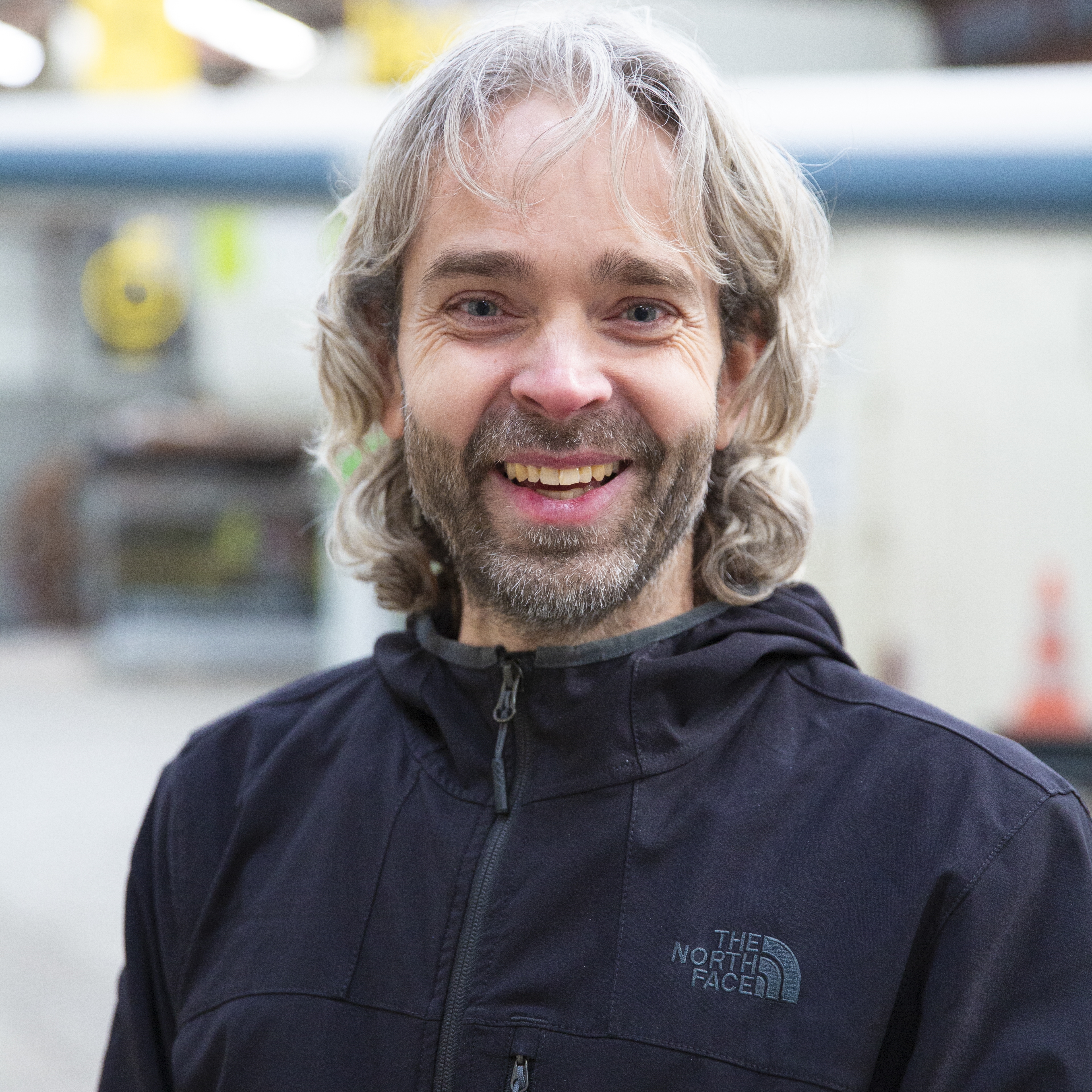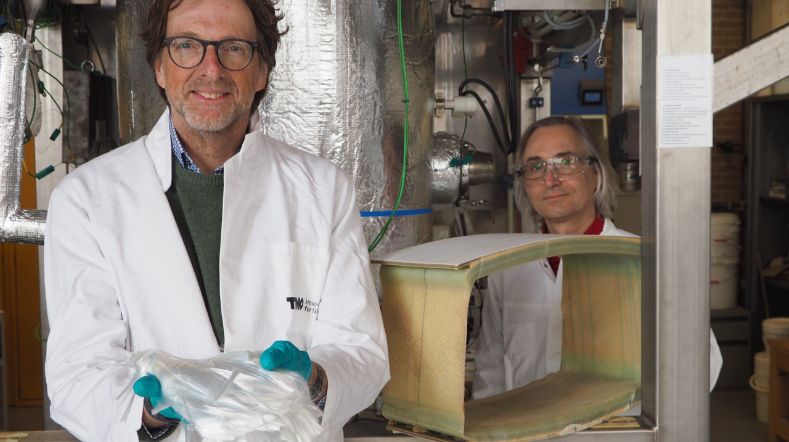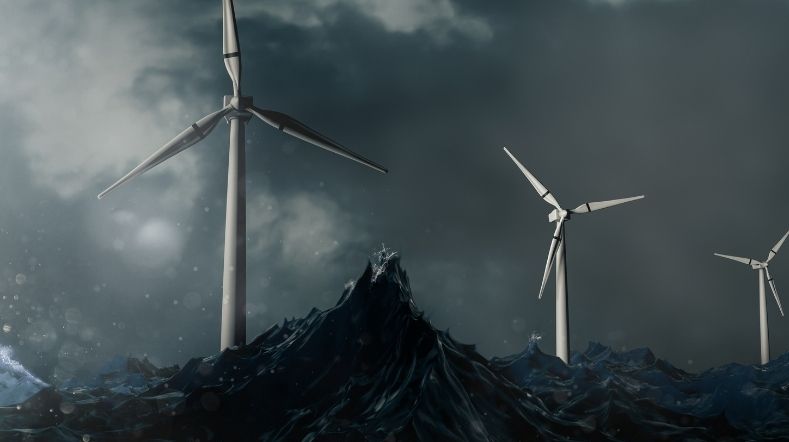Improving wind turbine maintenance with the sensor installation robot
Wind turbines are getting bigger and bigger and so do their slender, flexible blades. As these blades need to last ever longer, there is an increased need to monitor their load and fatigue build-up, carefully, for optimal maintenance scheduling. This requires sensoring throughout the entire blade, including deep inside it, which poses severe challenges on sensor installation.

"Using robots, we can install sensors deeper within the blade and collect real-time data on its condition and structural integrity, without an engineer having to crawl inside the blade. This improves the turbine's performance and prevents failures."
A leap forward in wind energy monitoring
TNO, in collaboration with TU Delft and Robohouse, has come one step forward in wind turbine maintenance with the development of a cutting-edge robot designed to install sensors deep inside wind turbine blades, providing valuable data on the blade’s health.
The project, currently in its proof-of-concept phase, aims to automate the installation of sensors within the internal structure of turbine blades, improving maintenance scheduling, while reducing human activities and avoiding confined space issues.
Wim Castricum, engineer at TNO: “Until now, installing sensors has been done by an engineer like me, and I need to bring my tools and crawl into the blade to install a sensor on a location. Using a robot, these sensors can be installed deeper inside the blade and will provide critical real-time data on blade health and structural integrity, helping to enhance turbine performance and prevent failures.”
The robotic system is currently being developed to be fully operable by a technician stationed at the root of the rotor blade as a first step, ensuring a clear visual line of sight during the entire process. However, the robot is also equipped with a camera which allows it to be autonomously operated beyond visual line of sight, in the future.
Key features and capabilities
The robot is designed to meet stringent technical requirements:
- Compact design: small enough to fit inside a blade, making it applicable for real-world turbine maintenance.
- Automated positioning: equipped with advanced sensors to identify the intended installation location and determine alignment for precise placement.
- Surface preparation: capable of sanding and de-greasing the contact area to ensure optimal adhesive bonding for the strain gauge.
- Precision sensor placement: applies adhesive, positions the sensor, and maintains pressure until proper adhesion is achieved.
- Remote inspection capabilities: fitted with a high-resolution camera for real-time monitoring and control.
- Portable and self-powered: designed for easy transport and independent operation within wind turbines.
Testing and deployment
The first working prototype of the robot was tested early 2025 at a controlled testing environment in a dummy blade of 32 meters from a Vestas V66 wind turbineat Zephyros Field Lab. This initial test assessed the system's ability to perform sensor installation within a controlled environment before transitioning to full-scale field applications. Next step will be validation of the system in a real wind turbine environment, together with partners of the wind industry.
Impact on the wind energy industry
By automating the installation of sensors inside turbine blades, this innovation is expected to significantly enhance operational safety, improve data quality and thus, extend the lifespan of wind turbines. The project aligns with the industry's growing emphasis on predictive maintenance, which uses sensor data to anticipate potential failures before they occur, minimizing costly repairs and downtime.
Future prospects
Janaki Mohanan Nair, project manager at TNO: “Once validated, this robotic technology could be deployed across global wind farms, offering a scalable solution for maintaining and improving wind energy infrastructure. Further enhancements may include AI-driven navigation, cable attachment feature, enhanced adhesive application techniques, and integration with broader turbine monitoring systems.”
Join us in taking the next steps in automation and smart operations within wind energy:
Get inspired
Project launched for recycling wind turbine blades


TNO research leads to better damage prediction for offshore wind turbine blades


Better damage prediction for wind turbine blades through unique weather measurements at sea


First study on public perception of wind turbine circularity


Wind energy webinars

